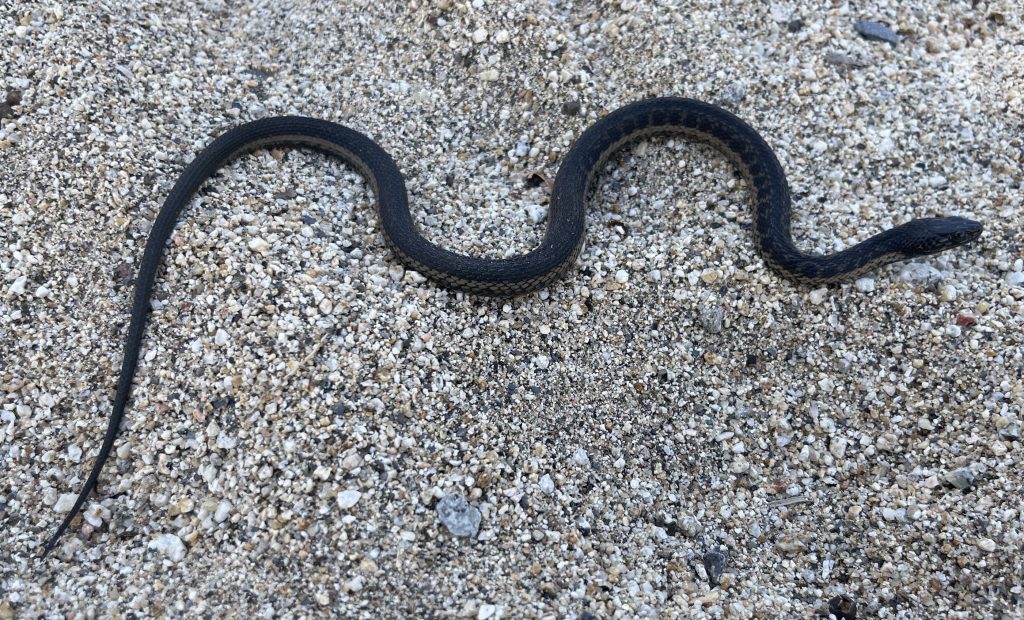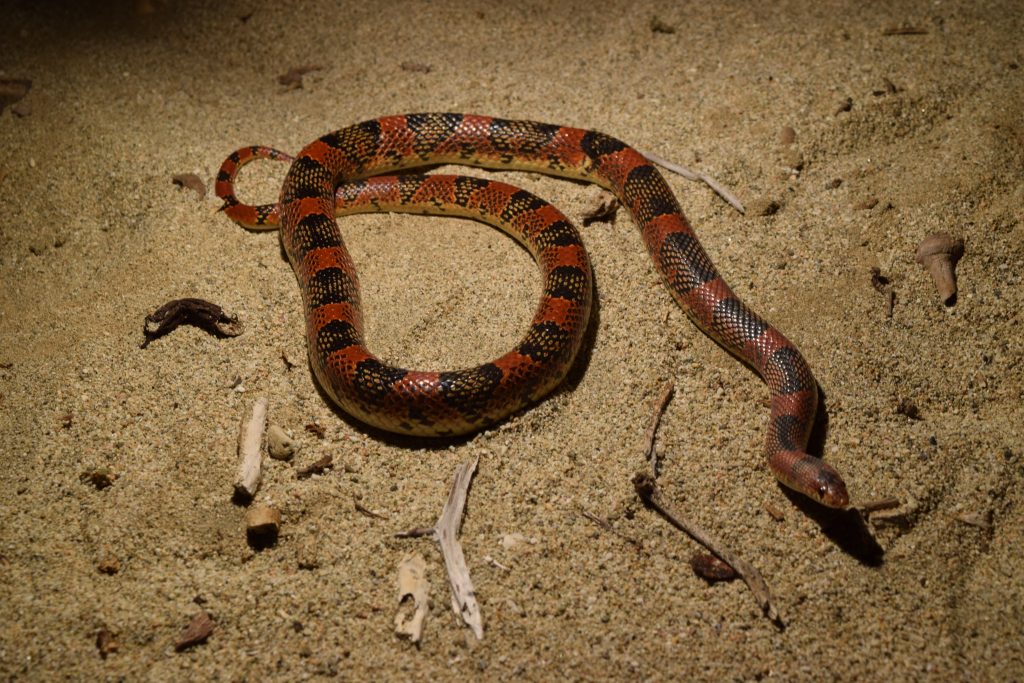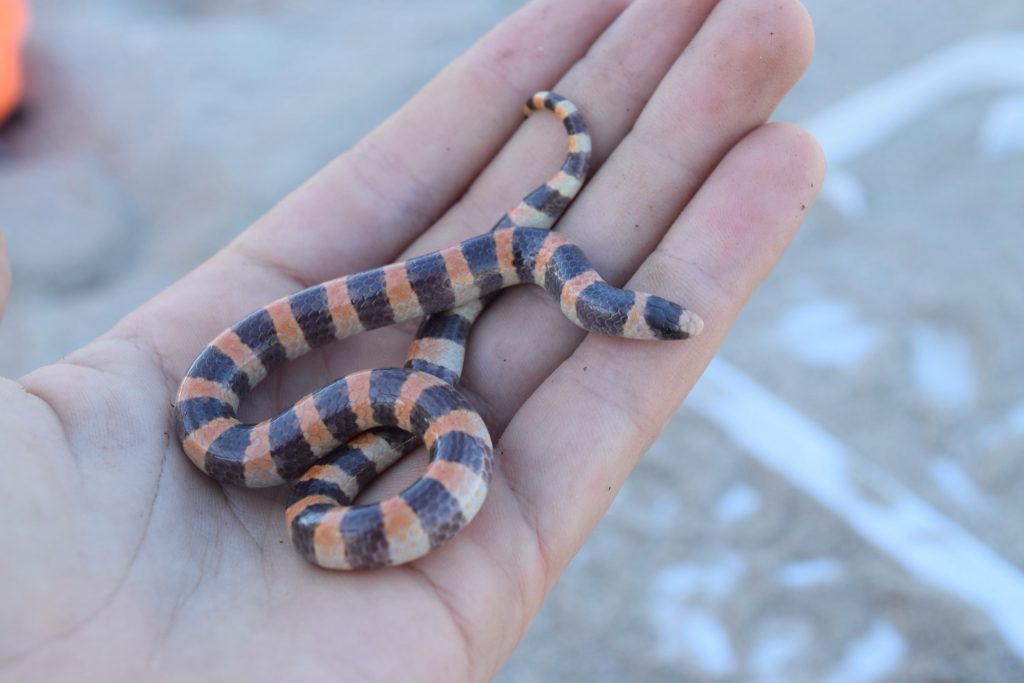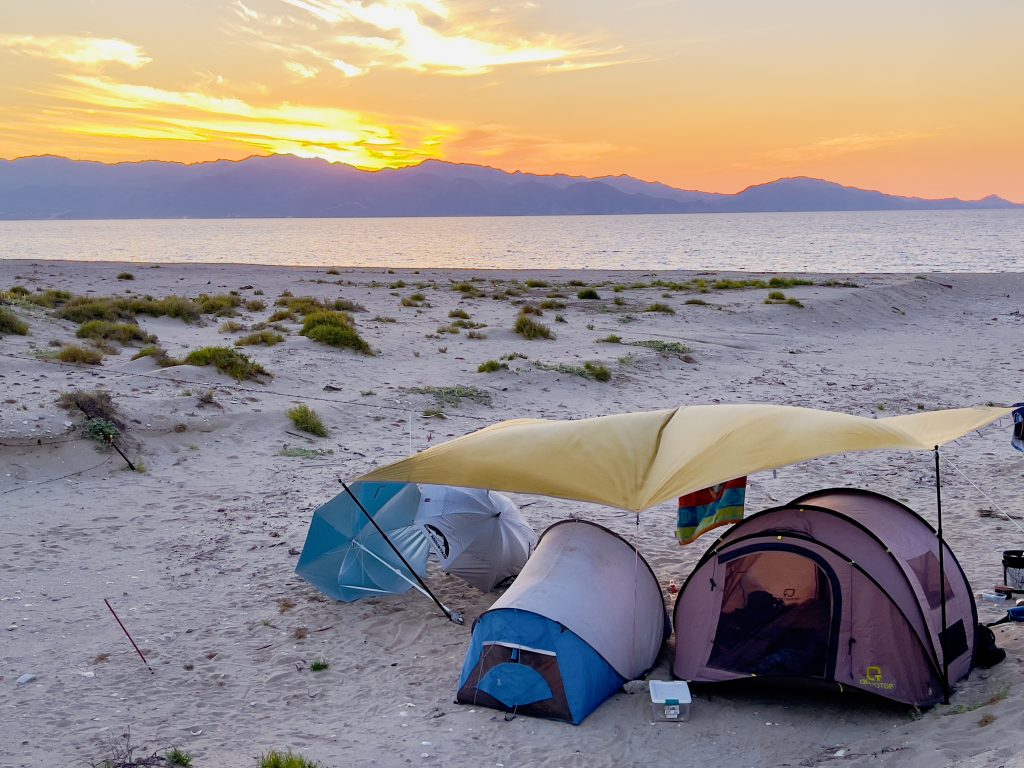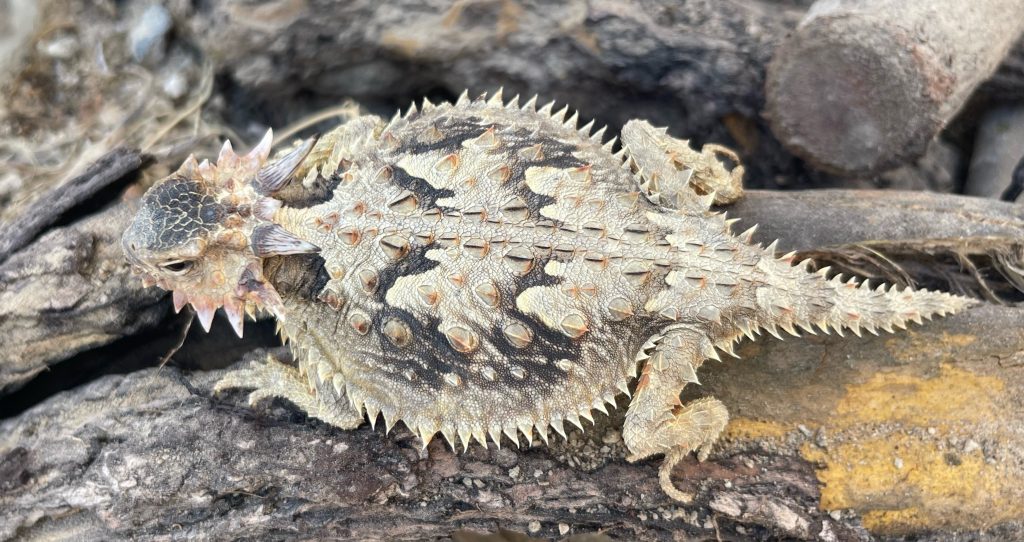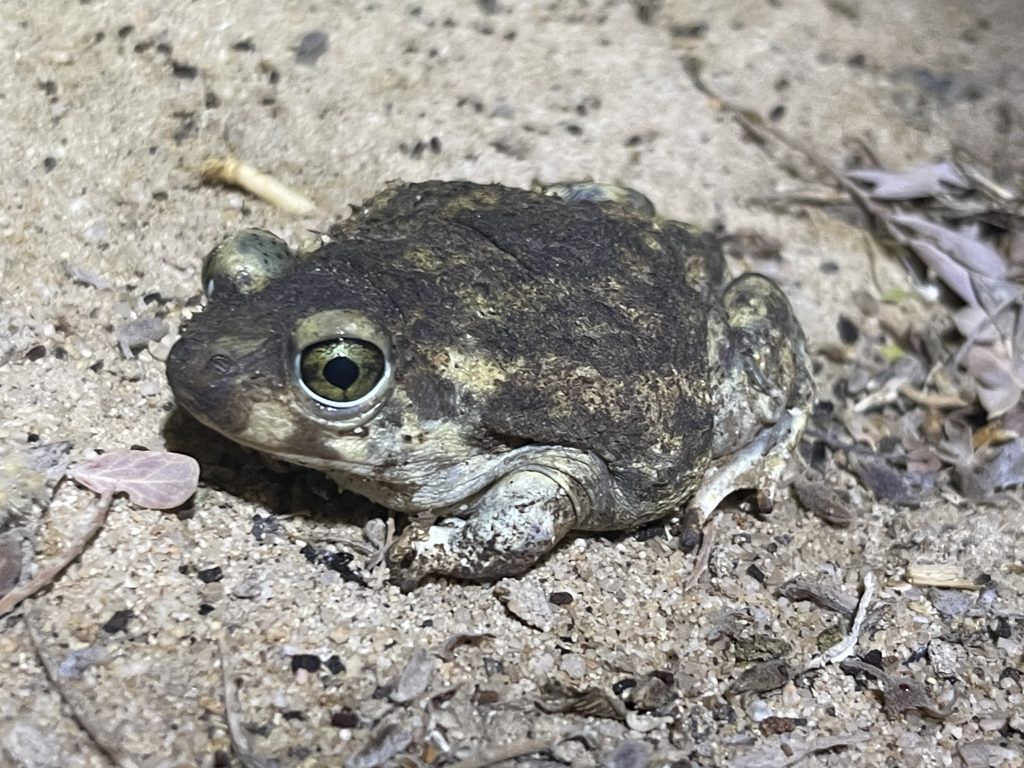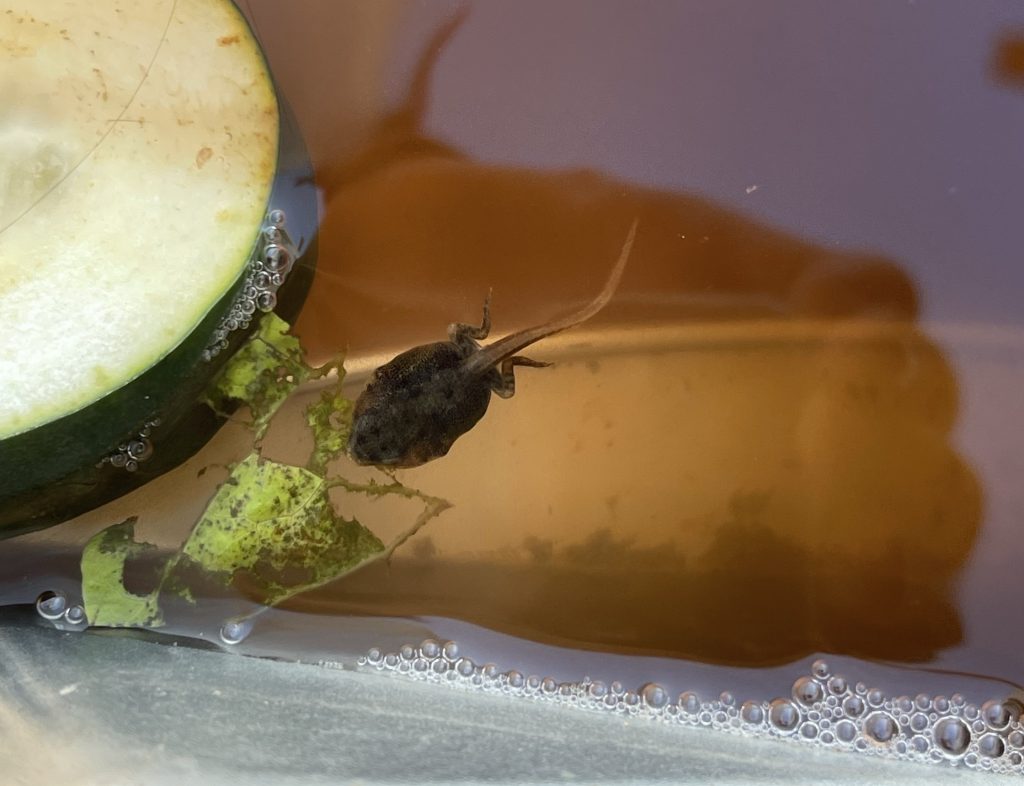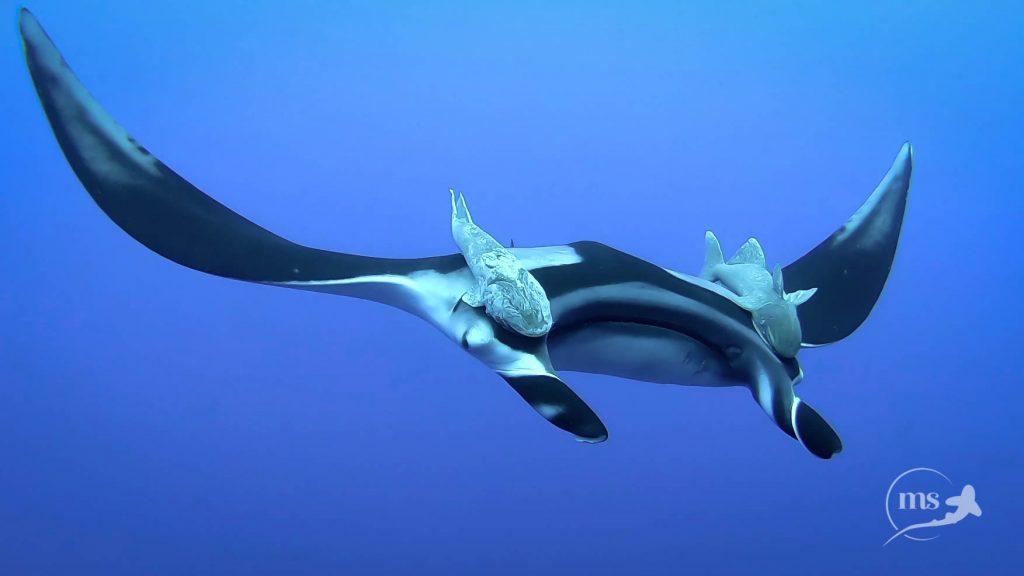
Giant oceanic manta rays (Mobula birostris) are the largest species of rays in the world. Reaching a maximum disc width of 700cm (22ft) with an average of 400-500cm (13-16ft) and a weight of 2000kg (4400pounds), they are graceful and gentle giants.
They are cartilaginous fish, meaning their skeleton is made of cartilage instead of bone, they are related to sharks. Mantas are filter feeders: gliding gracefully through the water column with their mouth wide open, they gulp down large amounts of water, collecting with their gill plates the zooplankton and krill that make their diet.
With the largest brain-to-size ratio of any fish, they are highly intelligent animals. There have been studies showing that mantas may recognize themselves in the mirror, an ability that indicates a high cognitive function.
A common sight in the past in La Paz and Cerralvo area, they suddenly disappeared for a while, the reason for their disappearance is unknown, though overfishing has been pointed out. In the past years locals and tourist have gladly witnessed their return to La Reina, close to Cerralvo island, with most sightings during the warm summer months.
Classified as endangered in the IUCN Red list, their main threat is overfishing, as bycatch or as a target for their meat, but specially for their gill plates, valuable in the Asian market for traditional medicine.
Seeing these animals effortlessly flying through the water like massive birds is surely magical and looking into a manta ray’s eyes is an unforgettable experience: their eyes are inquisitive and intelligent. Through that alien look we can connect to a different world: the wild and mysterious big blue.
